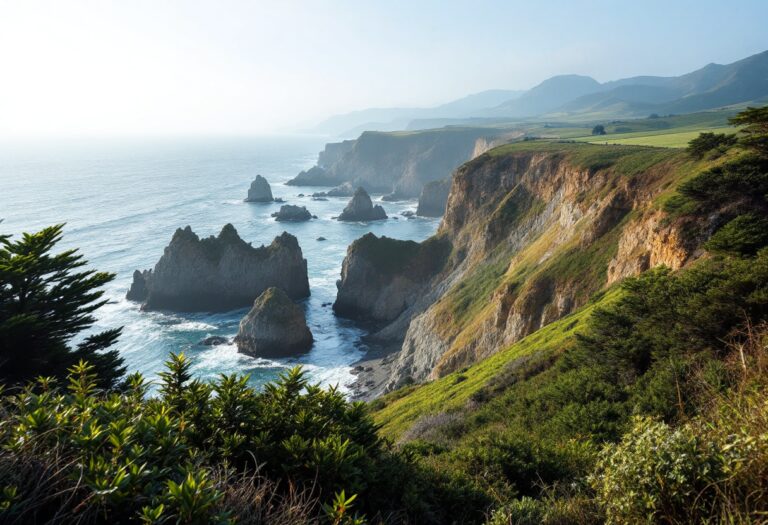A deep dive into the impact of the North Coast 500 on local communities and tourism.

Topics covered
Exploring the North Coast 500: A decade of beauty and challenges
The North Coast 500 (NC500) has become a hallmark of scenic road trips in Scotland, attracting over 30,000 travelers each year. Spanning 516 miles, this route showcases the breathtaking landscapes of the Highlands, from rugged coastlines to serene lochs.
However, as the NC500 celebrates its 10-year anniversary, it faces a dual challenge: balancing the influx of tourists with the needs of local communities.
The allure of the NC500
Initially, many locals, including myself, were skeptical about the NC500’s impact.
The thought of congested roads filled with campervans during peak season was daunting. Yet, upon embarking on the journey, it became clear why this route has garnered such acclaim. The winding roads, stunning vistas, and charming villages create an unforgettable experience.
From Inverness Castle to Torridon, each stop reveals the natural beauty that Scotland is renowned for.
Tourism’s double-edged sword
While the NC500 has undoubtedly boosted local businesses, it has also led to significant challenges. Conversations with residents reveal mixed feelings about the surge in tourism. Some business owners, like Michael Mackay from Westlea B&B, acknowledge the positive impact, noting a 15-20% increase in business in the first two years. However, others express concerns about over-tourism, citing issues such as littering and traffic congestion, particularly on narrow, single-track roads.
Judith Fish, owner of the Applecross Inn, highlights the dangers posed by large vehicles on these roads, emphasizing the need for better infrastructure. As the NC500 gains popularity, the strain on local resources becomes more apparent. Former NC500 Ltd chairman David Whiteford advocates for infrastructure improvements to accommodate the growing number of visitors while ensuring the safety and comfort of residents.
Housing and community concerns
Another pressing issue is the impact of tourism on housing. Locals have voiced concerns about the rising prices of properties, with many being converted into holiday homes or short-term rentals. While estate agents suggest that only about 6% of properties are sold for this purpose, the perception of a housing crisis remains. The fear is that small communities could suffer as locals are priced out of their own neighborhoods.
Efforts are underway to address these concerns, with plans for new housing developments aimed at supporting local populations. The balance between attracting tourists and maintaining community integrity is delicate, and ongoing dialogue between residents and tourism boards is crucial.
Looking ahead: Responsible tourism
As the NC500 continues to evolve, the focus must shift towards responsible tourism. Signs urging visitors to respect the environment and local communities are becoming increasingly common. While many travelers are conscientious, the actions of a few can tarnish the experience for everyone. It is essential for both tourists and locals to engage in respectful practices that benefit all parties involved.
In conclusion, the North Coast 500 stands as a testament to Scotland’s natural beauty and the complexities of modern tourism. As it enters its second decade, the challenge will be to harness its popularity while ensuring that local communities thrive alongside it. With thoughtful planning and community engagement, the NC500 can continue to be a source of pride for Scotland, balancing the needs of visitors and residents alike.




